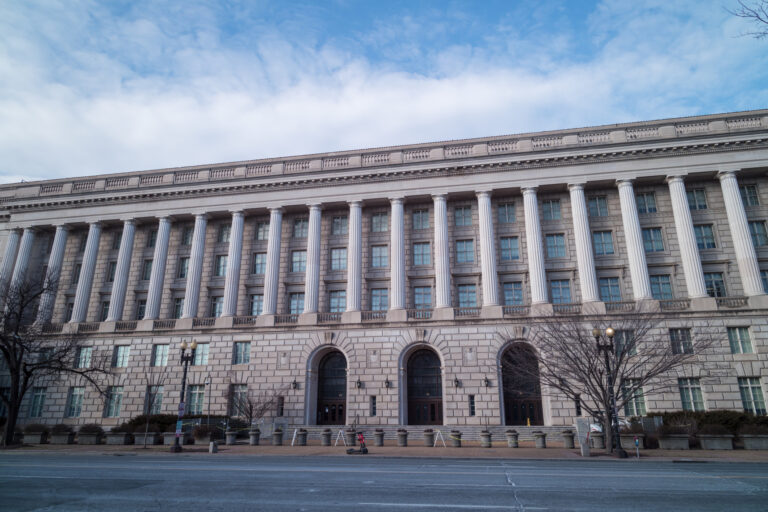What exactly are levies?
If you have outstanding federal tax debt, the Internal Revenue Service (IRS) can issue a levy against you. A levy is a legal seizure of your property to satisfy a debt. A federal tax levy can seize your wages, Social Security benefits, money in your bank account and other real and personal property.
People often confuse levies and liens. A lien signifies public notice of legal claim from the IRS to your property, placing creditors on notice of the claim – this means a levy actually takes your property. For example, if the IRS issues a bank account levy against you, funds will be seized from your account and applied against your outstanding tax balance.
There are various types of levies, as follows:
- Bank Account Levy: The IRS instructs the financial institution to freeze the money in your account for 21 days, after which time, funds are sent to the IRS and applied against your IRS debt. The 21-day period gives the taxpayer time to contact the IRS and have the levy released.
- Wage Garnishment: The IRS contacts your employer and requires the employer to pay a percentage of your wages directly to the IRS until the levy is released or the tax debt is repaid. Wage garnishments are usually limited to 25 percent of your wages, but they are continuous, meaning each paycheck will be levied until the levy is released. The IRS can also levy your independent contractor income through 1099 levies.
- Social Security Levy: The IRS can generally seize up to 15 percent of your Social Security benefits manually or under the Federal Payment Levy Program (FPLP). Under the FPLP, the IRS can levy certain federal payments disbursed by the Department of Treasury, including federal employee retirement annuities and reimbursements, some federal salaries, federal government contractor/vendor payments, Railroad Retirement Board benefits and military retirement payments. Because payments under the FPLP can be very difficult to stop, it is important for you to act immediately to address your federal tax debt.
- Accounts Receivable Levy: For business taxpayers with outstanding accounts receivable, the IRS can issue levies to your customers instructing them to pay the IRS instead of the business.
- Tax Refund Seizure: The IRS will automatically seize your federal tax refunds until any outstanding federal tax liabilities are paid. Additionally, the IRS can seize your state tax refunds and apply them against the federal tax liability.
- Asset Seizure: In addition to levying your bank account, wages and other payments, the IRS can seize and sell your assets. Commonly seized property includes real estate, vehicles, and boats.
Some levies are one-time levies, while others are continuous. A one-time levy is extinguished once the financial institution sends the funds to the IRS. For example, bank levies are one-time levies. If the IRS wants to acquire funds from a bank account more than once, the IRS must manually issue another bank levy (which they sometimes do). Wage levies and Social Security levies are continuous, meaning they continue without further action by the IRS. So, if your employer receives a wage levy, they must continue to send your wages to the IRS until the IRS provides notice that the levy has been released.
Why does the IRS issue levies?
Simply put, the IRS will resort to levying your property if you do not make arrangements to pay your federal tax debt. The IRS generally takes several steps to collect the outstanding taxes before issuing levies.
First, the IRS must assess the taxes, meaning they must calculate your tax balance. The IRS usually calculates your tax balance using the tax returns you file. In the case of unfiled returns, the IRS can also prepare tax returns on your behalf to calculate and assess the tax due.
The IRS will then send you a notice or bill informing you of the balance due along with contact information to resolve the issue. If you are unable to pay the amount due, the onus is upon you to contact the IRS and set up a payment plan or other resolution for the tax liability. You can also file an appeal if you do not believe you owe the tax liability.
The IRS usually provides several notices regarding the balance due before levying. One of them may be a Final Notice of Intent to Levy and Notice of Right to Hearing (FNIL). The date of the FNIL initiates the 30-day period, after which the IRS is legally able to levy your assets.
The FNIL gives you 30 days to resolve the tax liability or file an appeal with the IRS Independent Office of Appeals. Filing an appeal protects you against levy until you are given a chance to present your case. However, it is important to note that the IRS is not always required to issue an FNIL for certain types of levies.
The IRS has already levied, what can I do?
If the IRS has already taken levy action against you, you may be able to get your levied property back under certain circumstances, including:
- You pay the amount due.
- The statutory period for collection ended prior to the levy being issued.
- You enter into an installment agreement.
- You file an offer in compromise application.
- You file for innocent spouse relief.
- You demonstrate to the IRS that the levy creates an economic hardship.
- The value of the levied property is more than the amount owed, and releasing the levy will not hinder the ability of the IRS to collect the amount owed.
If the IRS has issued a levy against you, it is important to act promptly and seek assistance in resolving the issue. Windham Brannon’s team of professionals are ready to assist you in the event the IRS has sent notice of such a levy – for more information, contact your advisor today, or reach out to Tomika Bullet.



